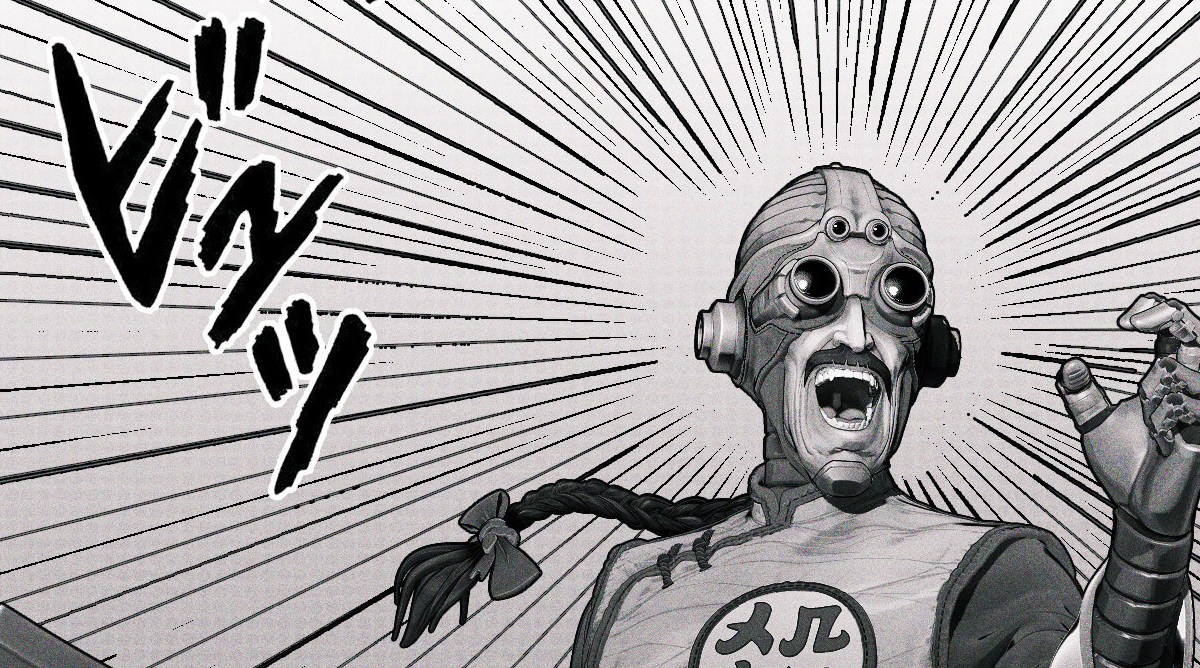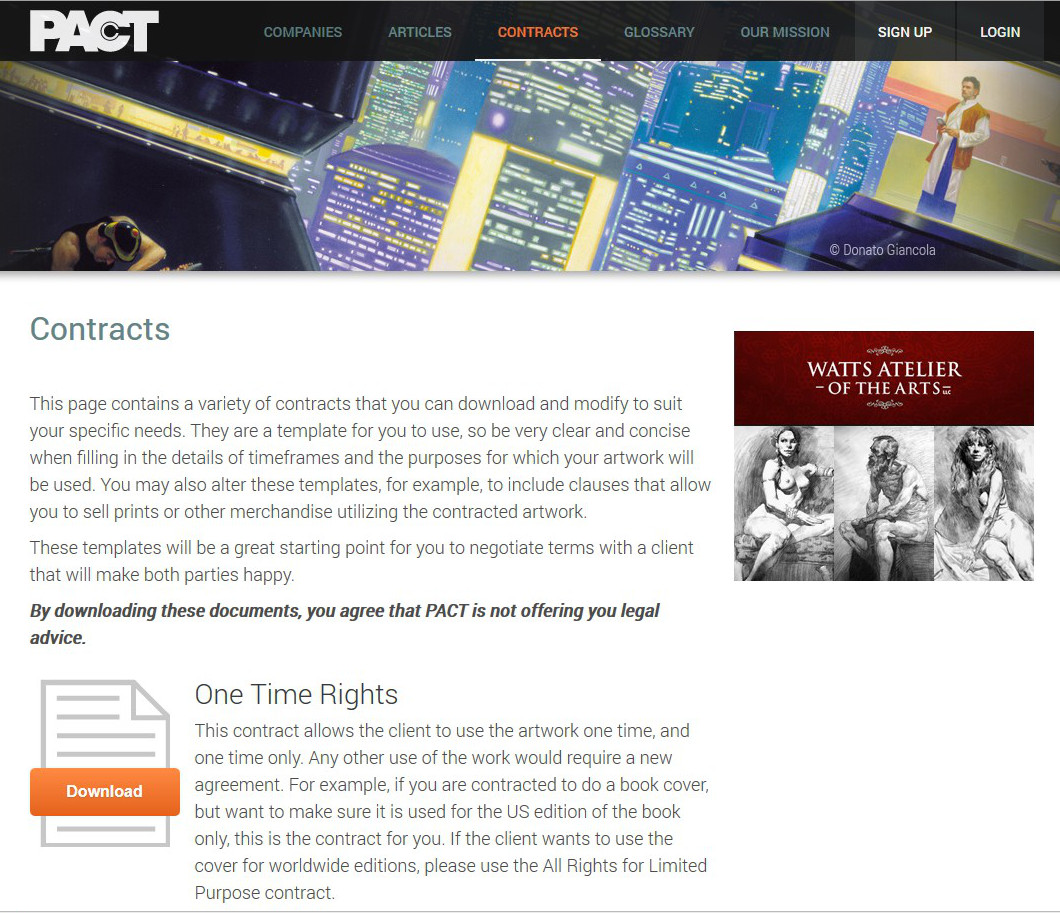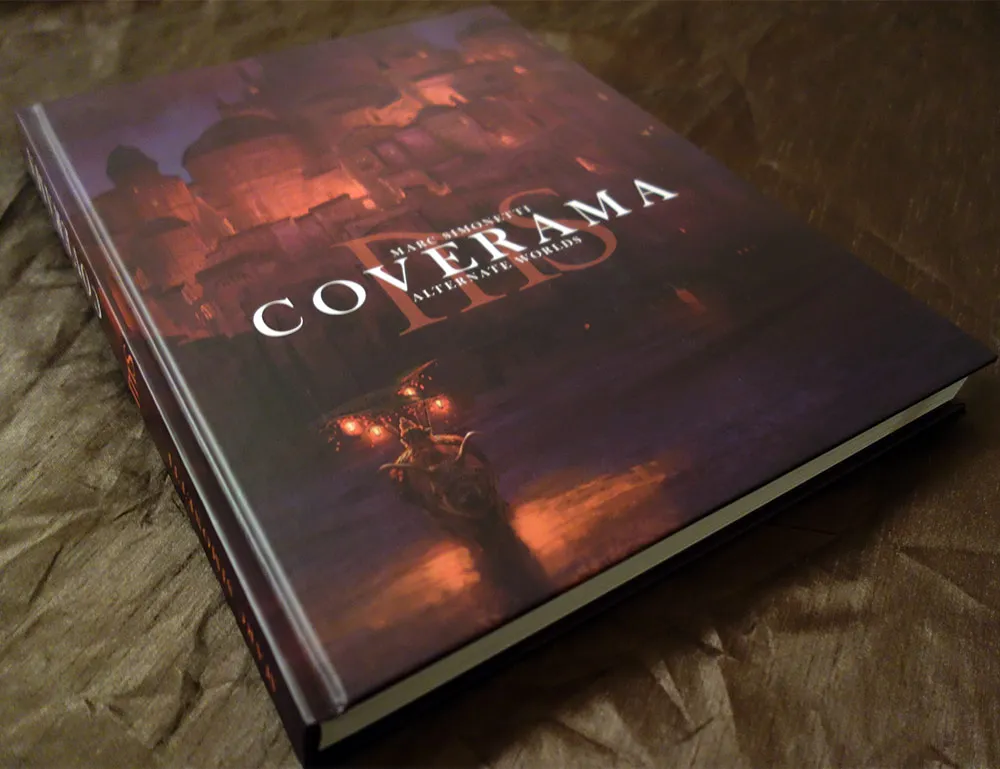


If the idea of having to read a contract – or worse still, having to draw up one of your own – fills you with dread, you aren’t alone. But don’t stick your head in the sand. The terms of the contracts you sign now can have a huge impact on the money you make in later life. And it isn’t as hard as you think. In fact, you can pick up the essential points of contract law in a few hours.
To help you get started, we asked Jim Pavelec, freelance illustrator and founder of PACT, the Professional Artist Client Toolkit, to provide his 10-step guide to contracts and contract law.
Main image: Taopaïpaï by Alexandre Fiolka
Particularly with a smaller client, don’t ever start doing work without a signed agreement. If, at the end of the job, they decide not to pay you, that email conversation may not stand up.
If you have a signed contract, you just turn it over to a lawyer and you’re good to go. There’s nothing a company can do to contest it: they signed the agreement, and now they’re responsible for whatever they agreed to.
In my experience, most clients who don’t have a standard contract of their own are grateful if you send them one. They’ve probably been talking to lawyers, and being quoted outrageous prices, and here you come with a document they can just plug some information into and it’s good to go. As long as they’re agreeable to the terms, I find that they’re usually very happy.
Also, they see that you’re professional, which makes them more confident in working with you. And when it comes time to pay for the work, a contract can focus their minds on paying on time.
There are going to be one or two clients who balk at it, but you probably don’t want to be working with them anyway. It’s like a litmus test. If they’re freaking out about you sending a contract, they probably don’t know what they’re doing as a business.

PACT offers a range of standard contract templates free to any freelance artist.
Try the Contracts section of the PACT website. It contains standard contracts for a range of different rights levels and usage periods – depending on whether you want the client only to be able to use your art once, or only for a specific time period, for example.
In addition, the Glossary section of the site provides simple definitions of the main legal terms you may encounter when reading contracts. As you get into bigger projects, you may encounter more complex contracts, but it’s a good base for you to understand what you’re signing.
The Graphic Artists Guild also has some useful articles in the Tools & Resources section of its site, including a glossary of its own.
Know a little bit about the client before you send a contract. If they have a strong, well-known IP, asking to retain all the rights probably isn’t going to work.
But in general, try for everything you can get, and negotiate downwards. If the client won’t sign a one-time use contract, ask for a fixed term, or for the work to be used only in certain territories, or even just to be paid more in exchange for giving away all the rights.
You can add things in yourself, and it’s fine: just think whether if something crazy did happen, the wording you used would hold up in court.
But that’s a worst-case scenario. If it’s something like the maximum number of revisions you can be asked to do as part of a job, you can put that in yourself.
Lawyers are expensive. Even with a big-time client, the money really isn’t enough for you to hire a lawyer, unless tens of thousands of dollars are at stake.
Most contracts take no more than an hour to read over. The legalese may make parts difficult to understand, but if that happens, check the PACT glossary, or go online. There will be plenty of people on artists’ forums who have encountered it before, and can explain.
After you’ve been doing it for a while, you’ll being to understand what most of the clauses mean, and why they make sense from the client’s point of view. If there’s something you don’t agree with, it’s no big deal to contract the art director and say, ‘I’m not happy with this provision here’.
Whether you’re assigning the client the exclusive right to use your work, and how long for. A lot of artists are stuck in the now. They’re so focused on wondering where their next gig is going to come from. But you really do need to think long-term, especially if you’re at a point in your career when you’re doing images you’re really happy with.
Quite a few of the older artists I’ve talked to tell me how important it was for them to have kept certain rights to their work so they can continue to generate income from them. In some cases, almost a third of their income later in life is being generated from old images.
This is more common with photographers, but if photographers can do that, so can we. Obviously, it’s different with well-known IPs, but if you’re creating a generic concept image of a creature or a vehicle for a smaller company, they just don’t need all those rights.
Also consider alternative sources of income. A lot of companies won’t let you make prints of your work to sell at conventions – that’s a big sticking point. Or say that later in your career you want to do an art book of your work: a lot of contracts will say you can’t use the art.

Marc Simonetti’s Coverama, published by IA Magazine. Art books like this can be a significant source of income later in your career, so check whether a contract allows you to reuse images.
If it’s a big company, probably not. They’ve gone to the trouble of getting a standard contract drawn up, and they aren’t going to want to amend it on a case-by-case basis.
Then it comes down to whether you’re willing to compromise to work with the client, or stick to your principles and turn down the work. Artists often worry that if they turn down work, word is going to spread that they’re a prima donna, but I don’t think that’s the case. If you’re professional and courteous with the art director, they aren’t going to bad-mouth you.
And if enough people complain about a particular part of a contract, maybe the client will do something about it in the end. That’s why I was so happy when Hasbro changed its contract. It used to state that when you made an art book, only 25% of the work in it could be Hasbro work. That was a real problem for artists who mainly do Magic: The Gathering. But in the new contract, they upped it to 75%, and that opened the door for a lot of artists to do their own books.
Communicate directly with the client first, and see what they have to say. Maybe they just reprinted something they didn’t realise they were supposed to pay you for.
If they sound like they want to play hardball, take it to a lawyer. Have all the documentation ready to show how they’ve misused your work. Then once it’s in the lawyer’s hands, don’t have any communication with that company. Once they start getting legal letters, they’re going to reach out to you. Don’t respond to those emails: turn them over to your attorney.
If it’s a money issue and they agree to pay up, that’s fine: you can cease proceedings. But if it’s anything other than that, you really need to let your lawyer take care of it. If it’s a big company, their lawyers will be on it, and they’ll be trying to figure a way out that benefits them.
The same way you’d find a dentist: go online, then make a few phone calls. Artists are willing to spend hours online looking for reference images, but when it comes to something as serious as the legal end of their work, they spend absolutely no time researching anything. That’s not right.
I think there’s a perception that when a lawyer hears you’re an artist, they’re going to hang up, because they don’t think you have any money. There are plenty of attorneys out there who understand that you aren’t going to pay their full rates, because those are really for corporations; they have sliding scales. And there are lawyers who do pro bono work with artists.
How much you should expect to pay depends on what you’re looking for. But I was surprised how little it cost to get all of the contracts I needed drawn up for PACT. It can definitely be done for hundreds of dollars in total.
And it may not take as long as you think. If a company has used your image in a way that you feel is in breach of contract, and you’re looking for compensation, there’s going to be a lot of back-and-forth. But if you’re just trying to get paid, once your attorney sends the client something on an official letterhead, they usually get your payment out the door that week.
About PACT
The Professional Artist Client Toolkit provides free business advice for freelance artists, plus a member-only reviews section with feedback on potential employers, including most major game developers, movie studios and book and magazine publishers. ArtStation users get a special annual membership rate of $9.95: use coupon code Artstation_2015 when you register.
Visit the PACT website